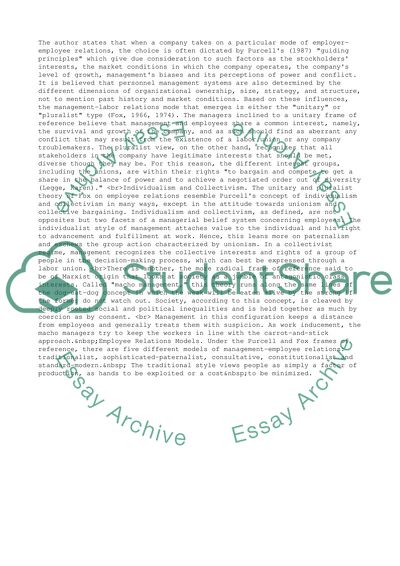Cite this document
(Transfer and Adaptation of Management Systems Case Study, n.d.)
Transfer and Adaptation of Management Systems Case Study. Retrieved from https://studentshare.org/management/1527017-personnel-management
Transfer and Adaptation of Management Systems Case Study. Retrieved from https://studentshare.org/management/1527017-personnel-management
(Transfer and Adaptation of Management Systems Case Study)
Transfer and Adaptation of Management Systems Case Study. https://studentshare.org/management/1527017-personnel-management.
Transfer and Adaptation of Management Systems Case Study. https://studentshare.org/management/1527017-personnel-management.
“Transfer and Adaptation of Management Systems Case Study”, n.d. https://studentshare.org/management/1527017-personnel-management.


